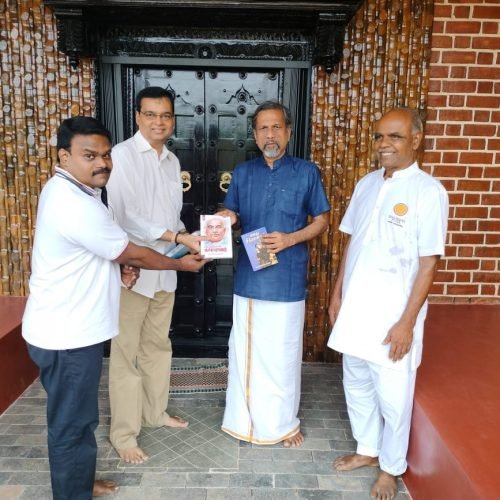
Stroke
Rehabilitation after a stroke begins in the hospital, often within a day or two after the stroke. Rehab helps ease the transition from hospital to home and can help prevent another stroke. Recovery time after a stroke is different for everyone—it can take weeks, months, or even years. Some people recover fully, but others have long-term or lifelong disabilities. Physiotherapy uses exercises to help you relearn movement and coordination skills you may have lost because of the stroke.
What to Expect After a Stroke
If you have had a stroke, you can make great progress in regaining your independence. However, some problems may continue:
- Depression.
- Numbness or strange sensations.
- Trouble with chewing and swallowing.
- Problems with bladder and bowel control
- Trouble controlling or expressing emotions
- Problems understanding or forming speech.
- Paralysis (inability to move some parts of the body), weakness, or both on one side of the body.

-
What is a stroke?
The two forms of stroke are ischemic – blockage of a blood vessel supplying the brain, and hemorrhagic – bleeding into or around the brain. In an ischemic stroke, a blood clot blocks or plugs a blood vessel or artery in the brain. About 80 percent of all strokes are ischemic. In a hemorrhagic stroke, a blood vessel in the brain breaks and bleeds into the brain. About 20 percent of strokes are hemorrhagic.
-
What happens when you have a stroke?
When a stroke occurs, the blood supply to part of the brain is suddenly interrupted. Brain cells die when they no longer receive oxygen and nutrients from the blood or there is sudden bleeding into or around the brain.
-
What are the symptoms of stroke?
Symptoms include sudden numbness or weakness, especially on one side of the body; sudden confusion or trouble speaking or understanding speech; sudden trouble seeing in one or both eyes; sudden trouble with walking, dizziness, or loss of balance or coordination; or sudden severe headache with no known cause.
Stroke Rehabilitation
Rehab can include working with speech, physical, and occupational therapists. Physical therapy uses exercises to help you relearn movement and coordination skills you may have lost because of the stroke. Therapy and medicine may help with depression or other mental health conditions following a stroke. Joining a patient support group may help you adjust to life after a stroke. Talk with your health care team about local support groups, or check with an area medical center. Support from family and friends can also help relieve fear and anxiety following a stroke. Let your loved ones know how you feel and what they can do to help you.
- Pain in the hands and feet that
worsens with movement and temperature changes - Trouble with thinking, awareness, attention, learning, judgment, and memory.
Preventing Another Stroke
If you have had a stroke, you are at high risk for another stroke:
One in four strokes each year are recurrent.
1.
The chance of stroke within 90 days of a TIA may be as high as 17%, with the greatest risk during the first week.
2.
Once assessment and planning have been completed, including analysis of the collected data, the next step is implementing the strategies and interventions that will comprise the workplace health program
Latest Events

World Stroke Day : Meet Srithar
29 October 2023
Stroke Therapy
World Stroke Day is a crucial day for raising awareness about strokes, their prevention, symptoms, and treatment. Join us on this significant day as we come together to learn and make a difference.
Thank You, Mr.Srithar
A heartfelt thank you, Mr.Srithar, for joining our meeting and enriching it with your presence.We eagerly anticipate more interactions and shared moments as we continue to learn and grow together.

